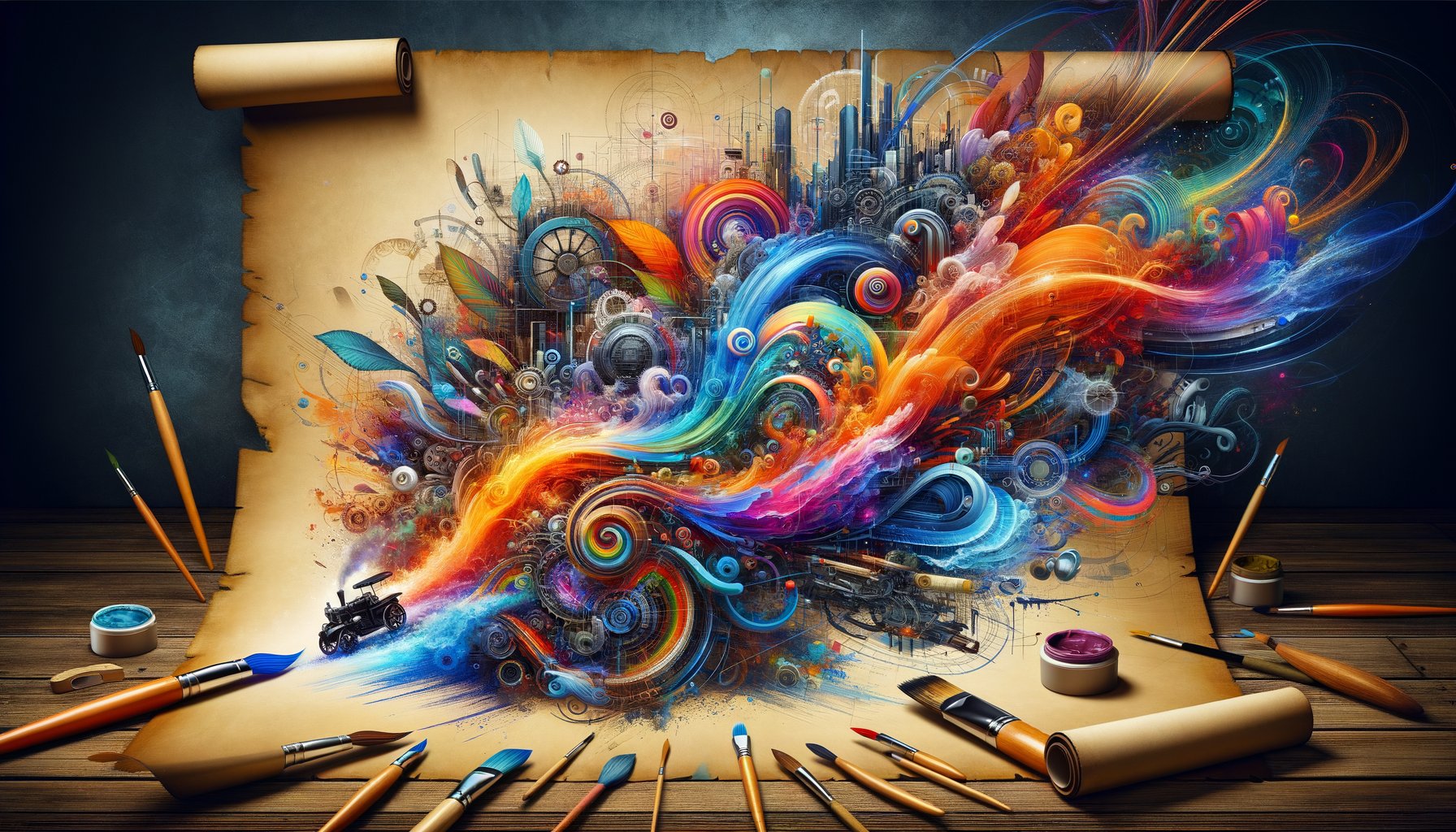Physical Address
304 North Cardinal St.
Dorchester Center, MA 02124
Physical Address
304 North Cardinal St.
Dorchester Center, MA 02124

Art has always been a reflection of the times. From cave paintings to Renaissance frescoes, art has evolved with humanity, reflecting our cultural shifts, technological advancements, and intellectual progress. Today, in the age of digitalisation and rapid technological advancement, we are witnessing an exciting new era where art and technology are intersecting in unprecedented ways.
Technology has become a canvas for artists who use it as a medium to express their creativity. It’s not just about paintbrushes and canvases anymore; it’s about coding languages, virtual reality headsets, 3D printers and so much more. This fusion is creating a dynamic evolution in how we perceive and interact with art.
Digital art is one of the most obvious examples of the intersection between art and technology. Artists now have an array of digital tools at their disposal that allow them to create intricate designs with ease. With software like Adobe Illustrator or Procreate, artists can manipulate images in ways that were previously unimaginable.
But digital art isn’t just about recreating traditional techniques on a computer screen. It’s about pushing boundaries and exploring new realms of creativity. For instance, generative art uses algorithms to create pieces that are unique every time they’re viewed while pixel art harks back to the early days of computer graphics yet remains incredibly relevant today.
Virtual reality (VR) is another area where technology is revolutionising the world of art. VR allows us to immerse ourselves completely within works of art—walking through them, interacting with them—creating experiences that transcend traditional viewing methods.
Institutions like The Louvre have started offering VR tours allowing people from around the world to virtually walk through its galleries and get up close with masterpieces. This not only democratises access to art but also offers a new perspective on these iconic works.
3D printing technology has opened up new possibilities in the realm of sculpture. Artists can now create complex structures that were previously impossible, or incredibly difficult, to achieve by hand. Additionally, 3D printing allows artists to experiment with a wide range of materials including plastic, metal, and even chocolate!
This technology is also making art more accessible. Replicas of famous sculptures can be printed and distributed widely, giving people who may never have the chance to visit an art gallery the opportunity to appreciate these works in person.
Projection mapping is another fascinating intersection between art and technology. By using software to warp and mask projected images, artists can turn irregularly shaped objects into display surfaces for video projection. This creates stunning visual effects that can transform buildings into dynamic pieces of artwork.
Perhaps one of the most intriguing developments at this intersection is the use of artificial intelligence (AI) in creating art. AI algorithms are being trained to generate artworks which are often indistinguishable from those created by human artists.
A piece titled “Portrait of Edmond de Belamy,” created by an AI algorithm developed by Paris-based collective Obvious, was auctioned off at Christie’s for nearly half a million dollars! It poses interesting questions about creativity – Can machines be creative? What does it mean for an artwork to be original?
The intersection between art and technology is vibrant and ever-evolving. It challenges our traditional understanding of what constitutes as ‘art’ while opening up exciting new avenues for artistic expression. As technology continues to evolve, we can only imagine what the future of art will look like. One thing is certain though – it will be a fascinating journey, filled with innovation and creativity.